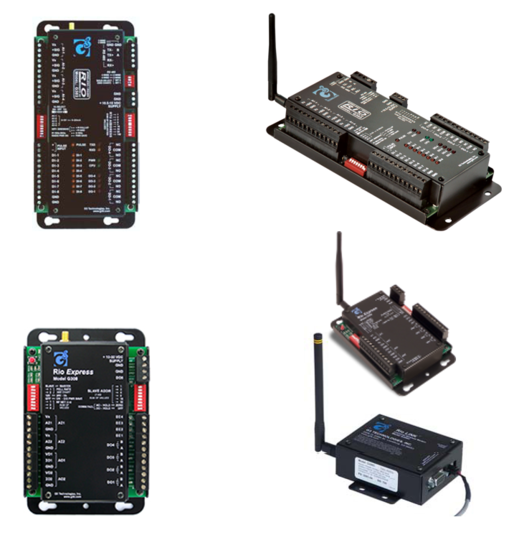Next Generation SCADA, Measurement, and Process Control
Next generation Supervisory Control and Data Acquisition ('SCADA'), measurement, and process control systems provide greater security, more efficient use of bandwidth, and edge based intelligence and analytics that promise to generate significant new levels of value and automation. These next generation SCADA, measurement, and process control solutions leverage a combination of traditional SCADA systems and solutions as well Industrial IoT ('IIoT') technologies and system solutions like 6D™. New levels of efficiency, security, control, and analytics will be achieved.
Existing SCADA systems use a poll/response communications paradigm between the host and remote RTUs. Using 6D, we leverage edge computing and intelligence that leverages MQTT and communicates to our central site 6DAIS™ system saving up to 85% of the bandwidth that the poll/response communications consumes. This makes available higher resolution and fidelity data for better measurement, control, and optimization.
The illustration below provides a high level overview of how 6D may be integrated with existing sensors and systems as well as deployed to replace existing insecure and outdated SCADA data communications delivering a compelling leap in value.
6D-Node™ may be deployed on the edge or embedded in an industrial computing device that is part of the equipment or machinery. 6D-Node provides a local edge computing capability that is both standalone as well as integrated as appropriate with 6DAIS. 6D-Node is a secure linux based computing environment that will "sense, analyze, and respond" to local sensor data and command appropriate actuator or control mechanisms to protect and optimize the use of the equipment or the production of product.
6D-Node:
- Microservices may be deployed in micro-containers on the edge computing device. Security is paramount and leverages a variety of technologies and implementation details to ensure that the system is difficult to nearly impossible to penetrate and hack.
- Is fully integrated through secure communications links with 6DAIS. Such secure communications are again difficult to nearly impossible to penetrate and hack with dynamic security services.
- Provides the ability to sense and fuse together multiple sensor data streams generated by the equipment and machinery 6D-Node is assigned to monitor and control.
- Local business rules, analytics, and machine learning provide the means to sense, analyze, and respond to local operating conditions, exceptions, and operating details.
- Provide real-time updates as appropriately configured to 6DAIS where command and control personnel are able to monitor real-time conditions on the edge typically on an exception basis and take appropriate manual corrective actions if the automated business rules need to be augmented by human decision making or overridden by human judgement.
Field personnel who leverage laptops, smartphones, and/or tablets may also securely interact with these edge computing system solutions using 6D-Node. This enables more efficiency and productivity of field personnel while also ensuring the integrity of the systems solution as all configuration changes and such performed in the field are isolated to an individual machine until such changes are approved and authorized for deployment across multiple devices. Where the unique nature of each machine and the product it produces, such as an oil well, requires unique parameter optimization, such parameter optimization may be manually performed locally or from the central site as well as automatically through the use of machine learning mechanisms.
Our next generation SCADA, measurement, and process control solutions include new I/O Modbus data communications for OT that are easily installed and managed by field personnel. These new Modbus I/O solutions dramatically reduce the cost of instrumentation. With our Modbus I/O solutions we can interface to virtually all SCADA, Measurement, and Process Control technologies that exist today and will exist in the future that use either Modbus or MQTT.
Low Power Class 1 Div 2 Modbus Wired and Wireless I/O
Integrating Modbus-based sensors with 6D is easy and fast for field engineers working with OT technologies when they leverage the low power Class 1 Div 2 Modbus wired and wireless I/O hardware products. Using simple toggle switches and without any programming, Modbus based sensors can be quickly connected and data transmitted in a bidirectional manner between an edge computing system like 6D-Node(tm) and the Modbus-based sensors.
The wireless I/O products come in a variety of models.

For more information, please reach out to us for further explanations.
